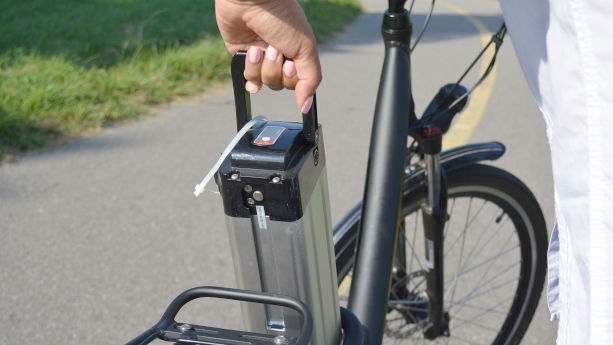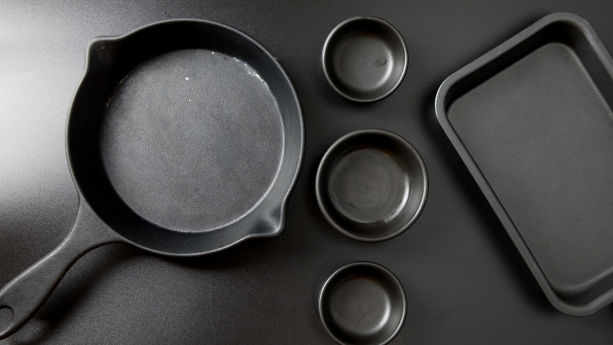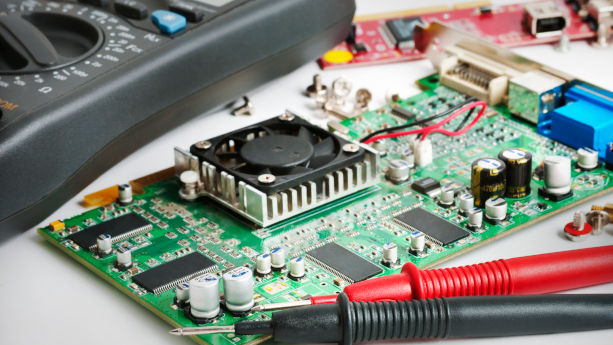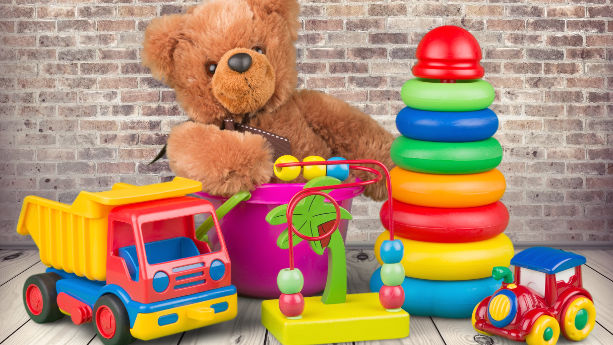
This article covers heavy metal regulations in consumer products sold in the United Kingdom. If you intend to import or manufacture products like the following, then this article is relevant to you:
- Electronic products
- Batteries
- Food contact materials (FCMs)
- Cosmetics
- Packaging
- Toys
This article does not apply to Northern Ireland as they still follow EU regulations.
Continue reading Heavy Metals Regulations in the United Kingdom: An Overview
























